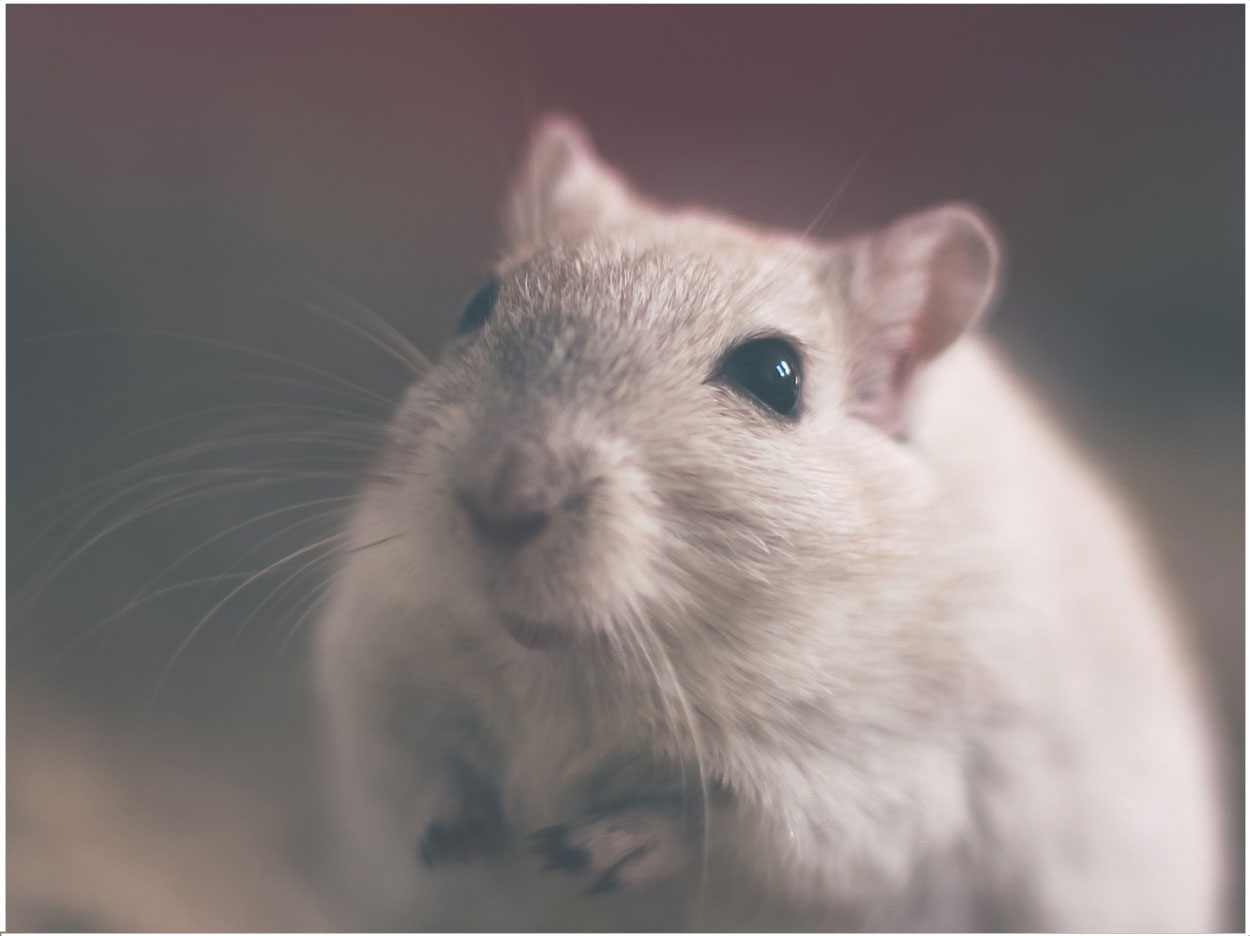
Researchers in Japan have found a way to multiply teeth. They extracted teeth germs (groups of cells formed early in life), split them in 2, and implanted them into the jaws of mice, where they developed into 2 fully functional teeth.
“We wondered about whether we might be able to make more teeth from a single germ,” said Takashi Tsuji, leader of the team from the RIKEN Center for Developmental Biology, which also worked with Tokyo Medical and Dental University.
Tooth development takes place through a wavelike pattern of gene expression involving Lef1, an activator, and Ectodin, an inhibitor. The researchers manipulated the process by removing teeth germs from mice and growing them in culture.
After 14.5 days, the researchers nearly sliced the germs in half with nylon thread, leaving a small portion attached, and continued the culture. Signaling centers, which control the wave of molecules that regulate tooth development, arose in each half.
The ligated germs then developed naturally into 2 teeth, which the researchers transplanted into holes drilled into the jaws of the mice. The teeth were fully functional, enabling the mice to chew and feel stimuli.
The new teeth were only half the size of normal teeth, though, with half the number of crowns. The researchers expected this since they were using already developed germs. Orthodontia was used to manipulate the teeth, and the bone was remodeled to accommodate their movement.
About 10% of people are born with missing teeth, while nearly everyone loses some teeth due to accident or disease as they age. Natural teeth would provide more functionality than implants or bridges, but people only develop a limited number of teeth germs.
“Our method could be used for pediatric patients who have not properly developed teeth as a result of conditions such as cleft lip or Down syndrome, since the germs of permanent teeth or wisdom teeth could be split or implanted,” Tsuji said.
“In the future, we could also consider using stem cells to grow more germs,” he added. “But today, there are barriers to culturing such cells, which will need to be overcome.”
The study, “Functional Tooth Restoration Utilizing Split Germs Through Re-Regionalization of the Tooth-Forming Field,” was published by Scientific Reports.
Related Articles
Stem Cells Investigated for Enamel Growth
Root Regeneration May Depend on Proteins
NIDCR Grants Launch Tissue Regeneration Centers












